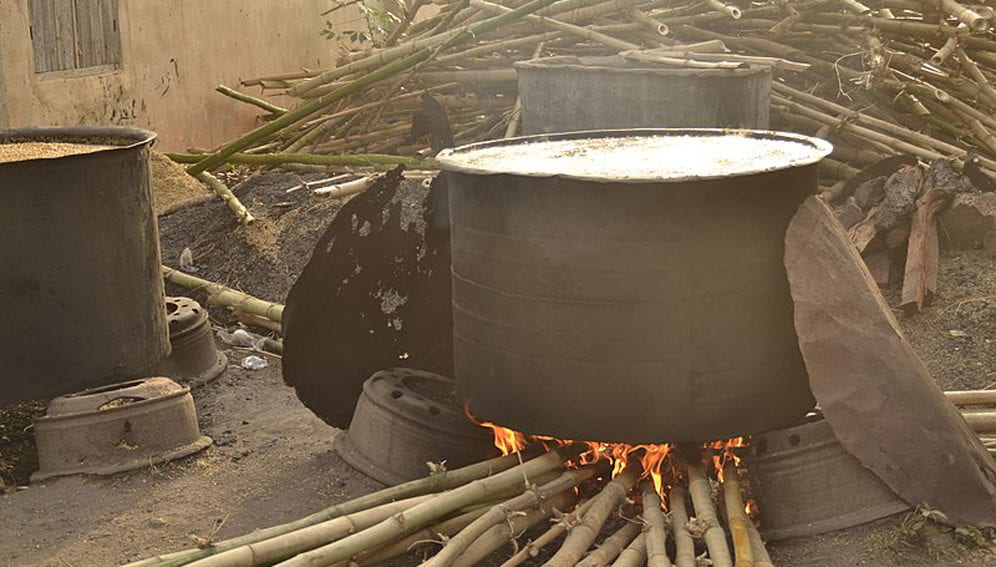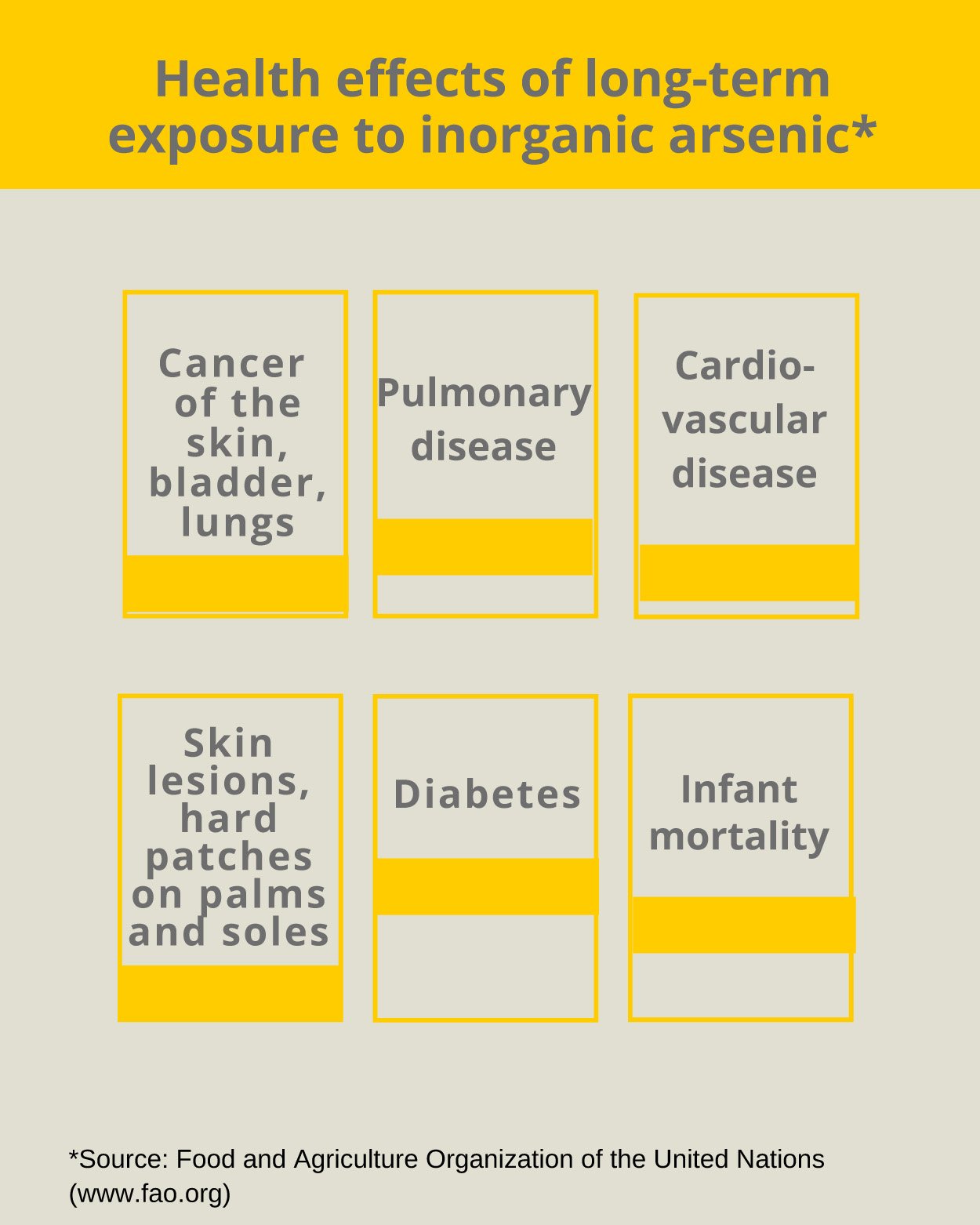02/05/19
Parboiling husked rice reduces arsenic content – study

By: Biplab Das
Send to a friend
The details you provide on this page will not be used to send unsolicited email, and will not be sold to a 3rd party. See privacy policy.
[NEW DELHI] Arsenic contamination in rice poses a serious health risk in many parts of the world. But an international study has shown that husking rice before parboiling reduces arsenic content, potentially lowering the risk of cancer.
Parboiling rice in-the-husk is the traditional method by which rough rice is soaked in water and then partially cooked to nutritionally improve it and make it easier to process or store.
About half of the 700 million tonnes of rice harvested annually across the world is subjected to parboiling.
“Our aim was to remove inorganic arsenic because it is much more toxic than organic arsenic”
Mahmud Hossain Suman, Bangladesh Agricultural University
However, according to a study published April in Environmental Science and Technology, the traditional method of parboiling does not remove inorganic arsenic which naturally occurs in groundwater and contaminates the husk.
Parboiling husked whole grain, on the other hand, not only reduces arsenic by 25 per cent, but also increases its calcium content significantly, according to the researchers from Bangladesh and Northern Ireland.
Arsenic is found in two forms: inorganic arsenic and organic arsenic, in which the arsenic atoms remain attached to carbon atoms.
Mahmud Hossain Suman, study co-author and researcher at the Bangladesh Agricultural University, Mymensingh, said: “Our aim was to remove inorganic arsenic because it is much more toxic than organic arsenic.”
Arsenic causes cancers of the skin, urinary bladder, kidneys and lungs. Besides drinking water, rice is another route to arsenic exposure in countries such as Bangladesh, China, India and Vietnam, where rice is a staple. Rice readily takes up arsenic from soil and groundwater.
This is especially a problem in Bangladesh, where it is estimated that groundwater pumped from shallow aquifers for irrigation adds one million kilograms of arsenic per year to arable soil.
Codex Alimentarius Commission, the UN body responsible for setting food safety standards and jointly run by the World Health Organization and Food and Agriculture Organization, has set a maximum limit of 0.2 milligrams of arsenic per kilogram of polished rice.
Husked whole grain parboiling lets inorganic arsenic escape, the researchers explained. On the other hand, when parboiling unhusked rice, the high levels of arsenic in the husk can get transferred to the grain during the parboiling process.
The scientists, led by Andrew Meharg from Queen’s University, Belfast, Northern Ireland, tested the efficiency of the modified parboiling process at 13 locations across Bangladesh and found that it removed 25 per cent of arsenic in whole grain rice across all sites.However, Mohammad Mahmudur Rahman, senior research fellow at the University of Newcastle, New South Wales, admitted the process has the drawback that it can lead to significant loss of nutrients like potassium, molybdenum (an essential mineral) and vitamins.
Parboiling whole grain fortifies polished rice grain with calcium by 213 per cent. This is thought to be due to migration of calcium from the outer layer of rice to inner layers during parboiling.
Parboiling of both whole grain and rough rice also enhanced copper, iron and phosphorus, while potassium content decreased, the study found.
This piece was produced by SciDev.Net’s Asia & Pacific desk.














